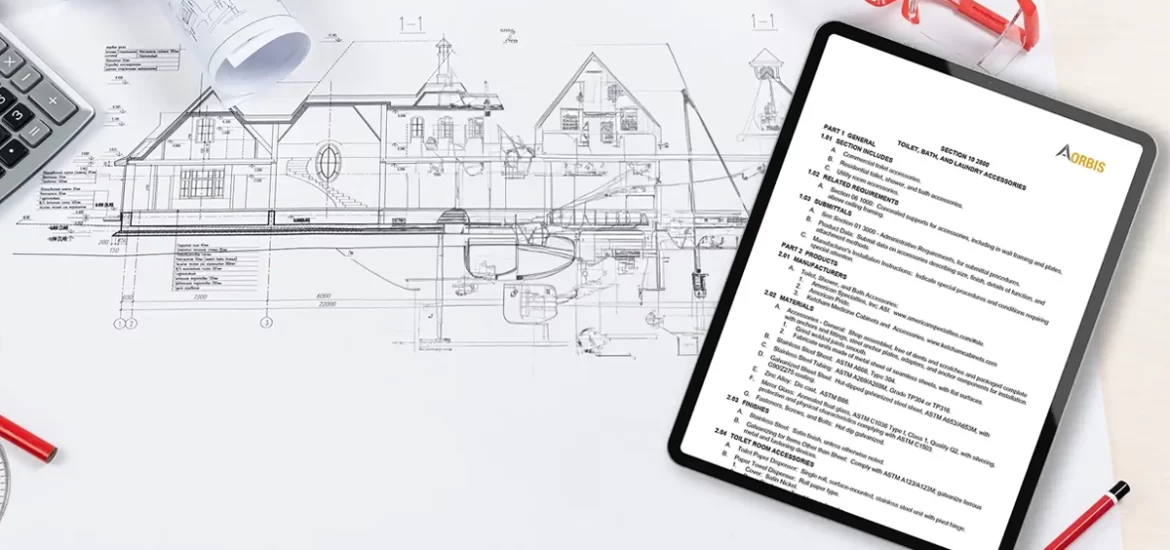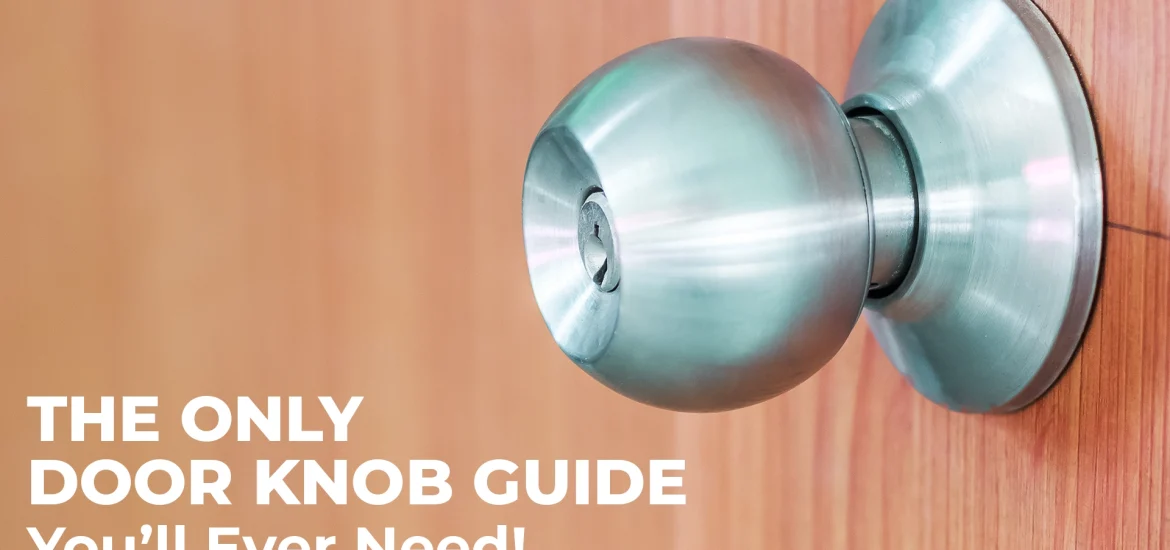As an AEC practitioner, you already know that spec writing is necessary but a nightmare if not handled appropriately. From outdated product references to conflicting requirements, the process can be riddled with lazy inefficiencies that lead to frustration, project delays, and costly mistakes.
While Architects struggle with last-minute edits, contractors wrestle with unclear language, and RFIs pile up over the smallest discrepancies. The reality? Specifications should light a project path ahead, but instead, they often become point of confusion. Often due to laziness or lack of real-time information.
AORBIS research confirms these frustrations. In our latest survey report, Beyond the Specs 2025, we surveyed 170 architects about their biggest struggles with spec writing. Likewise, our Contractors’ Spec Report highlights how unclear specs aren’t just frustrating—they’re actually costing them projects.
Let’s dive in.
1. Copy-Paste Catastrophes
Community chatter often talks about Copy-pasted sections from old projects. These introduce errors, vague wording that invite disputes, and overcomplicated submittal processes wasting precious time. And let’s not forget the infamous “or equal” clause—an innocent phrase that can spark endless debates. In this blog, we’ll break down some of the biggest issues in spec writing—and how they impact projects from design vision to engineering construction.
One of the biggest problems with architectural specifications is the rampant copy-paste culture. Specs from past projects are reused with little to no modification, leading to irrelevant details being included or critical details being overlooked. Architects and specifiers frequently encounter specs that reference completely unrelated building types—CO2 sensors, which may be a critical requirement in a K-12 educational facility gets blindly included in commercial projects where it has no application. This results in time wasted correcting outdated information, leading to unnecessary RFIs.
2. Outdated and Obsolete Products
Manufacturers are constantly updating their product lines, discontinuing old models, and introducing new materials. However, specifications often list products that haven’t been available for years. This results in endless back-and-forths with contractors submitting substitutions, only to be rejected because the architect refuses to acknowledge that the original product no longer exists.
3. The Infamous “Or Equal” Clause
In an effort to provide flexibility, many specs include an “or equal” clause, allowing alternative products that meet the same performance criteria. In theory, this should make things easier. In practice, it often turns into a bureaucratic nightmare where every submittal becomes a research project to determine if the proposed substitution truly meets the spec. Architects, engineers, and contractors all waste valuable time debating whether a product is actually equivalent.
4. Compliance for Sure
A significant issue plaguing architectural specification writing today is compliance—specifically, the widespread reliance on outdated or generic specifications. Essential compliance considerations include adherence to the latest local, state, and federal building codes, accessibility standards (ADA compliance), updated fire and life safety requirements, and current environmental and sustainability regulations such as LEED and WELL. Additionally, specifications should accurately reflect manufacturer and product certifications (such as UL ratings, ASTM standards, ANSI/BHMA certifications) and clearly detail warranty and liability responsibilities to safeguard all project stakeholders.
Conducting regular specification audits is vital to maintaining compliance with continually evolving regulatory standards and technological advancements, thereby minimizing costly errors and project delays.
5. Contradictions between Drawings and Specs
In construction documents, when the drawings say one thing and the specifications say another, the specs prevail. Unfortunately, this often leads to conflicts on-site. A contractor might order materials based on the drawings, only to be told during the submittal review that the specs dictate something else. The result? Delays, RFIs, and costly change orders.
6. The Overly Complex Submittal Process
Submittals are meant to be a straightforward process where contractors verify that their materials meet project requirements. Instead, they often become a tedious exercise in bureaucracy. Minor discrepancies—such as a product having a slightly different model number or a slight variation in testing data—can result in outright rejection. This often leads to unnecessary resubmissions, wasted time, and frustration for all parties involved.
7. Specifying Without Understanding
Many architects and engineers specify products and systems without fully understanding their application. When a spec calls for an unrealistic installation method—like a grout with an 8,000 PSI requirement that can’t be applied in a flow-able state—contractors are left scrambling to either comply with an impossible requirement or submit a formal deviation request.
8. Government Work and “The List”
Government projects come with their own unique set of frustrations. One of the most infamous issues is the approved manufacturer list. A spec may list eight manufacturers for a given product, but when submittals roll in, only the most expensive option gets approved. This is particularly problematic in hard-bid public projects where contractors are forced to use costly materials that weren’t accounted for in their bid.
9. Specs That No One Reads
Believe it or not, many contractors don’t even know what a specification book is. Stories abound of subcontractors submitting RFIs asking for information clearly stated in the specs or bidding on work they weren’t even required to perform simply because they didn’t bother reading the document. This leads to miscommunication, unnecessary costs, and in some cases, complete construction failures.
10. Specs That Try to Micromanage Construction
Some specifications are written with so much unnecessary detail that they micromanage how contractors should do their jobs. Instead of focusing on performance outcomes, these specs dictate exact installation methods, limiting contractor flexibility and sometimes making things unnecessarily difficult.
11. Specs That Are Too Vague
On the flip side, some specs are so vague that they fail to provide any real guidance. Calling for a “wood ceiling” without specifying the type of wood, finish, or species forces contractors to guess—or flood the architect with RFIs. Needless to say, the lack of specifics lead to delays and/or potential quality issues when contractors interpret the spec differently than intended.
12. Poor Coordination between Disciplines
When structural, mechanical, electrical, and architectural specs aren’t coordinated, disaster follows. A classic example: the architectural spec calls for all sanitary piping to be PVC, while the mechanical spec mandates cast iron. These contradictions result in disputes that can grind projects to a halt.
13. Spec Edits Are an Afterthought
Specifications take time to develop properly, yet they’re often treated as an afterthought. Many engineers and architects don’t even touch the specs until late in the design process, leading to rushed edits, inconsistencies, and crucial details being missed. Some firms rely on generic spec templates, failing to tailor them to the project’s unique needs.
14. The Illusion of Cost Savings
Owners often push for the lowest bid, failing to understand how poorly written specs lead to a flood of change orders. A contractor who wins a job with a low bid based on vague or incomplete specs will inevitably submit numerous change orders once construction starts. What initially seemed like cost savings turns into budget overruns and legal battles.
AORBIS: The Best Spec Writing Company for Division 8 and 10
At AORBIS, we take the headache out of construction specification writing. Many architects we work with express frustration over how much valuable design time is spent drafting Division 8 and 10 specifications. To ease that burden, we offer free, CSI-compliant, unbiased specification writing. We keep architects like you fully in control of your design intent while we help handle compliance and detail accuracy at no cost.
We eliminate contradictions between specs and drawings, ensuring that vision aligns with engineering reality. Our product supply expertise in Division 8 and Division 10 means we specify only current, approved products—minimizing rework and costly change orders. Plus, we make the process Tech-driven with an updated database that streamlines approvals.
Parting Thoughts
Construction should be about building, not battling paperwork. But when specifications are messy, outdated, or confusing, they cause more problems than they solve.
The good news? It doesn’t have to be this way. With clear, well-organized specs that actually match the project, architects and builders can avoid common mistakes and keep things running as desired.
At AORBIS, we take the stress out of spec writing. Our expert construction spec writers for commercial and local government projects make sure everything is accurate, up-to-date, and easy to understand—so projects move forward without the usual roadblocks. Let’s build better together.






